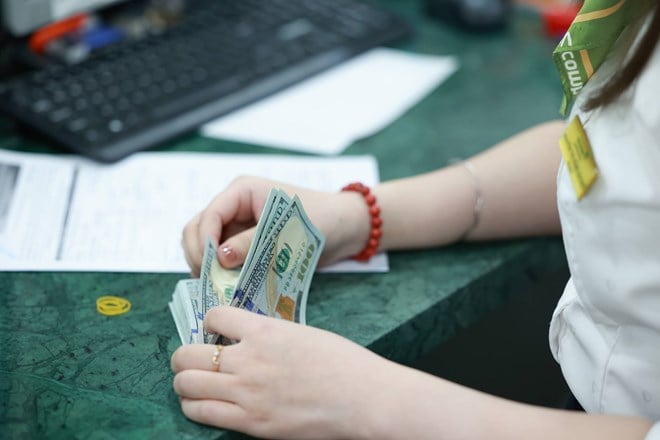
When interest rates fall, the money flow really reverses.
Foreign investors recorded a net selling trend for the seventh consecutive month in the Vietnamese stock market with a net withdrawal value of VND2,724 billion last October. Thereby, they increased their net selling position for the whole year to VND10,515 billion.
Explaining this move, Mr. Tran Thang Long - Director of Analysis of BIDV Securities Company (BSC) - said that the reason comes from pressure related to exchange rates in Vietnam as well as other countries, especially emerging countries. In addition, foreign investors are not only net sellers in Vietnam but also in most Asian countries. When interest rates show signs of decline, the cash flow will really reverse.
"This is normal when interest rates in major countries like the US or Europe are high, stimulating capital flows to these countries. Only when interest rates show signs of decline will the cash flow really reverse back to emerging and frontier markets like Vietnam," Mr. Long commented on the Financial Street Talkshow.
Adding, Mr. Phan Dung Khanh - Investment Consulting Director of Maybank Investment Bank - said that the general monetary policy in the world, especially in the US and Europe, is still leaning towards tightening. Information about the FED temporarily suspending interest rate hikes in the recent meeting has opened up expectations for investors that the era of expensive money may soon end. The interest rate cut may not happen immediately, but the peak interest rate level will also open up this trend.
"This will affect the stock market in the medium and long term. I think the stock market recovery is a good thing, but investors need to be more alert. The market trend here must be more of a recovery than the strong growth period like the first 8 months of 2023," said Mr. Khanh.
Stock market recovery in U-shaped pattern
So in the context of the era of expensive money coming to an end, what will be the trend of the Vietnamese stock market? Mr. Tran Thang Long said that with this decline, many leading stocks have entered relatively stable trading, so the possibility of VN-Index showing signs of bottoming is possible.
According to Mr. Phan Dung Khanh, if the VN-Index maintains the 1,020-point zone in November, it can be considered a mid-term bottom. "If the scenario is worse, the 1,000-point zone is likely to weaken. Investors should note that, in case the bottom is established, it is more likely to follow a U-shaped pattern than a V-shaped one. Thus, the market will need an accumulation trend," he said.
"Industries related to import and export are showing positive signs of recovery, such as textiles, seafood, logistics, and industrial parks. In addition, although the banking industry has certain difficulties, its business results are better than expected. Risks related to bad debt or slow growth are also gradually being reflected in valuations as they are approaching attractive levels.
Sectors such as green energy, clean energy, technology... will have quite good opportunities but only in the medium term. In addition, I highly appreciate the great potential of the real estate group. At the same time, businesses that are still developing and stocks that still exist and overcome the recent difficult period will be the groups with potential" - Mr. Long analyzed.
Source



![[Photo] Looking back at the impressive moments of the Vietnamese rescue team in Myanmar](https://vstatic.vietnam.vn/vietnam/resource/IMAGE/2025/4/11/5623ca902a934e19b604c718265249d0)
![[Photo] Summary of parade practice in preparation for the April 30th celebration](https://vstatic.vietnam.vn/vietnam/resource/IMAGE/2025/4/11/78cfee0f2cc045b387ff1a4362b5950f)

![[Photo] "Beauties" participate in the parade rehearsal at Bien Hoa airport](https://vstatic.vietnam.vn/vietnam/resource/IMAGE/2025/4/11/155502af3384431e918de0e2e585d13a)

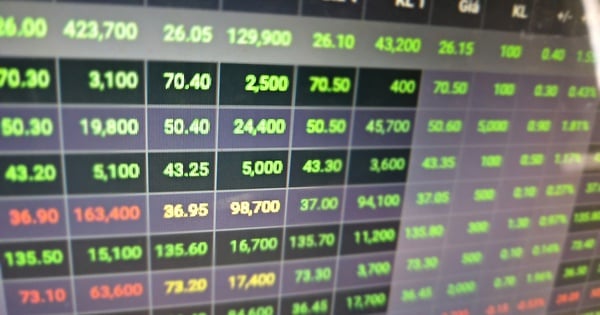

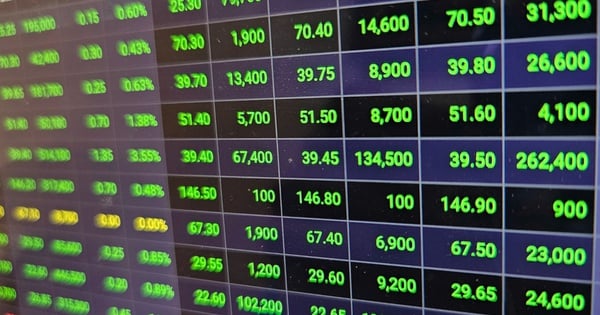
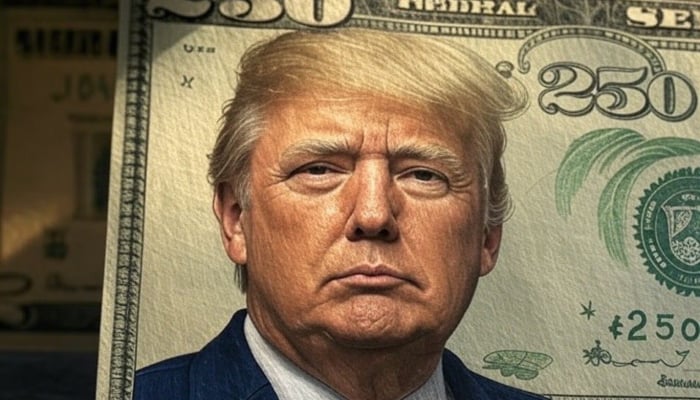

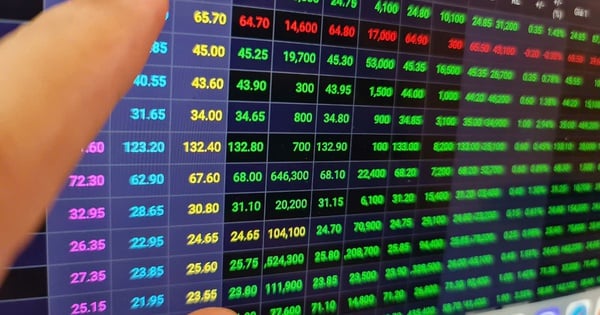
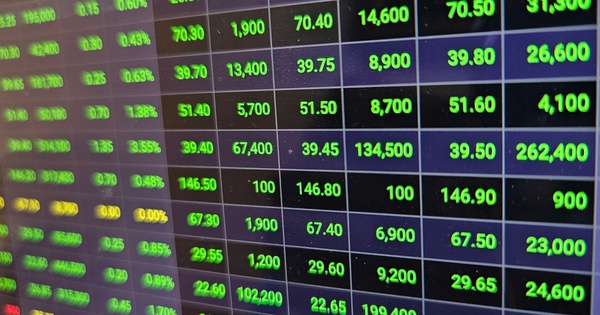
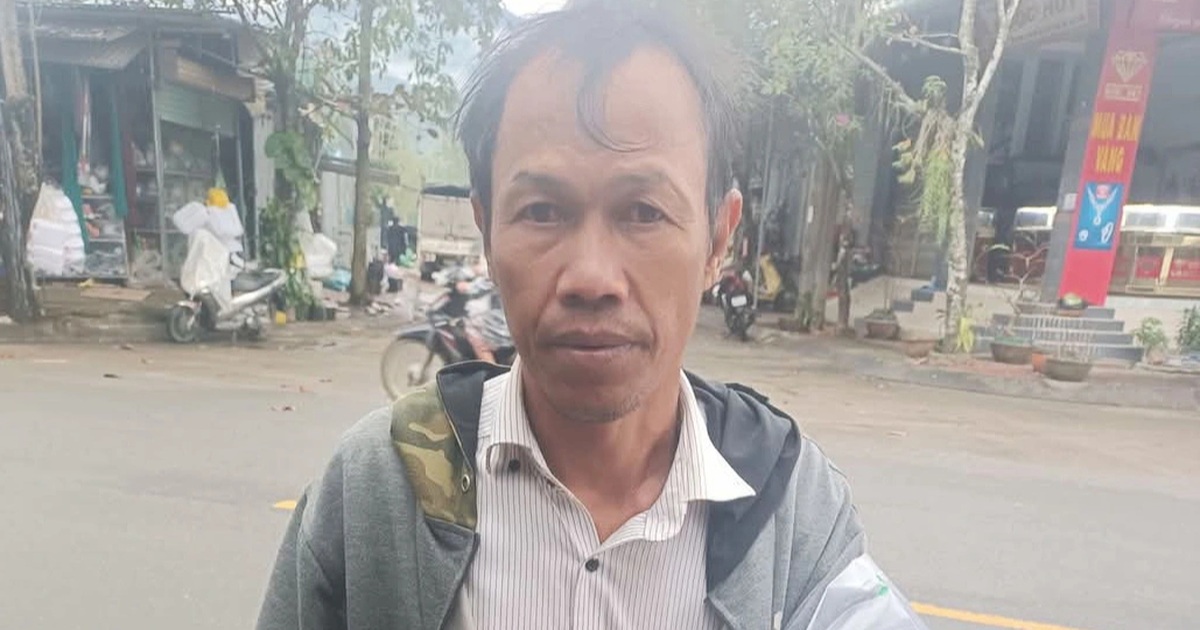

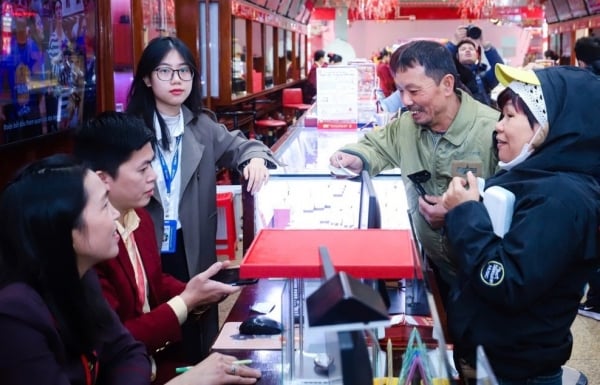
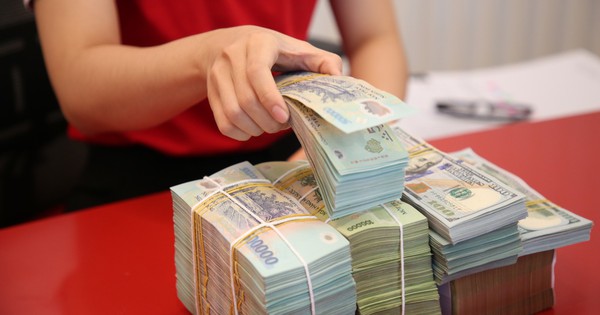
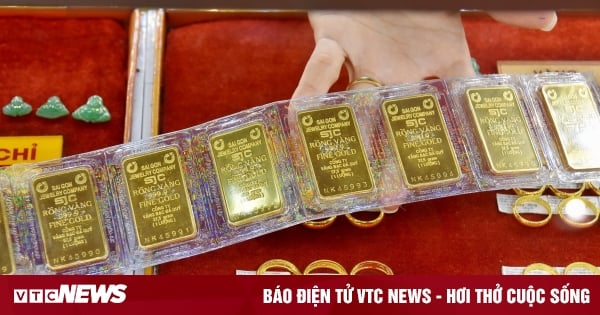
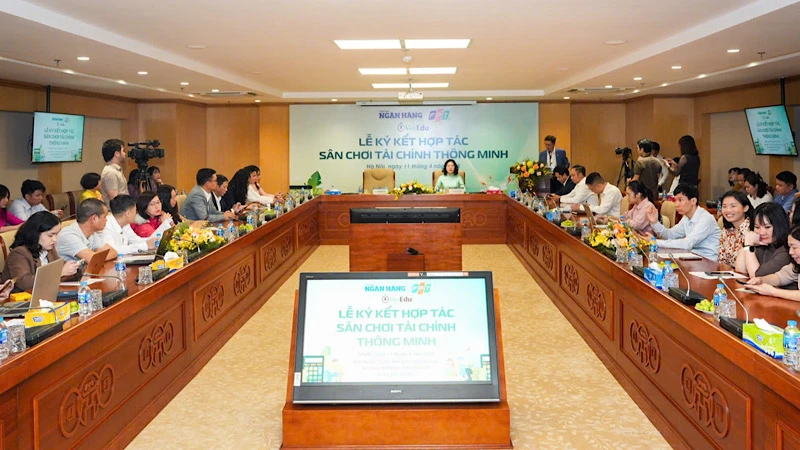
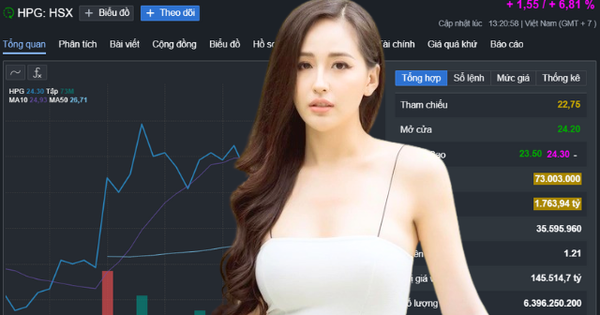
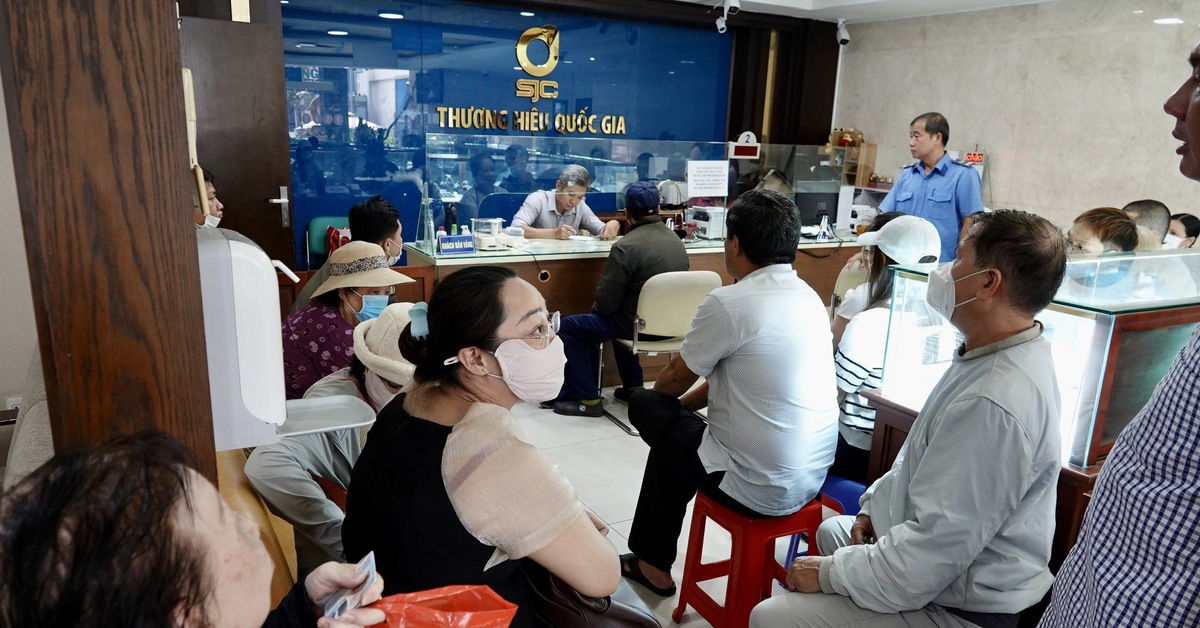








































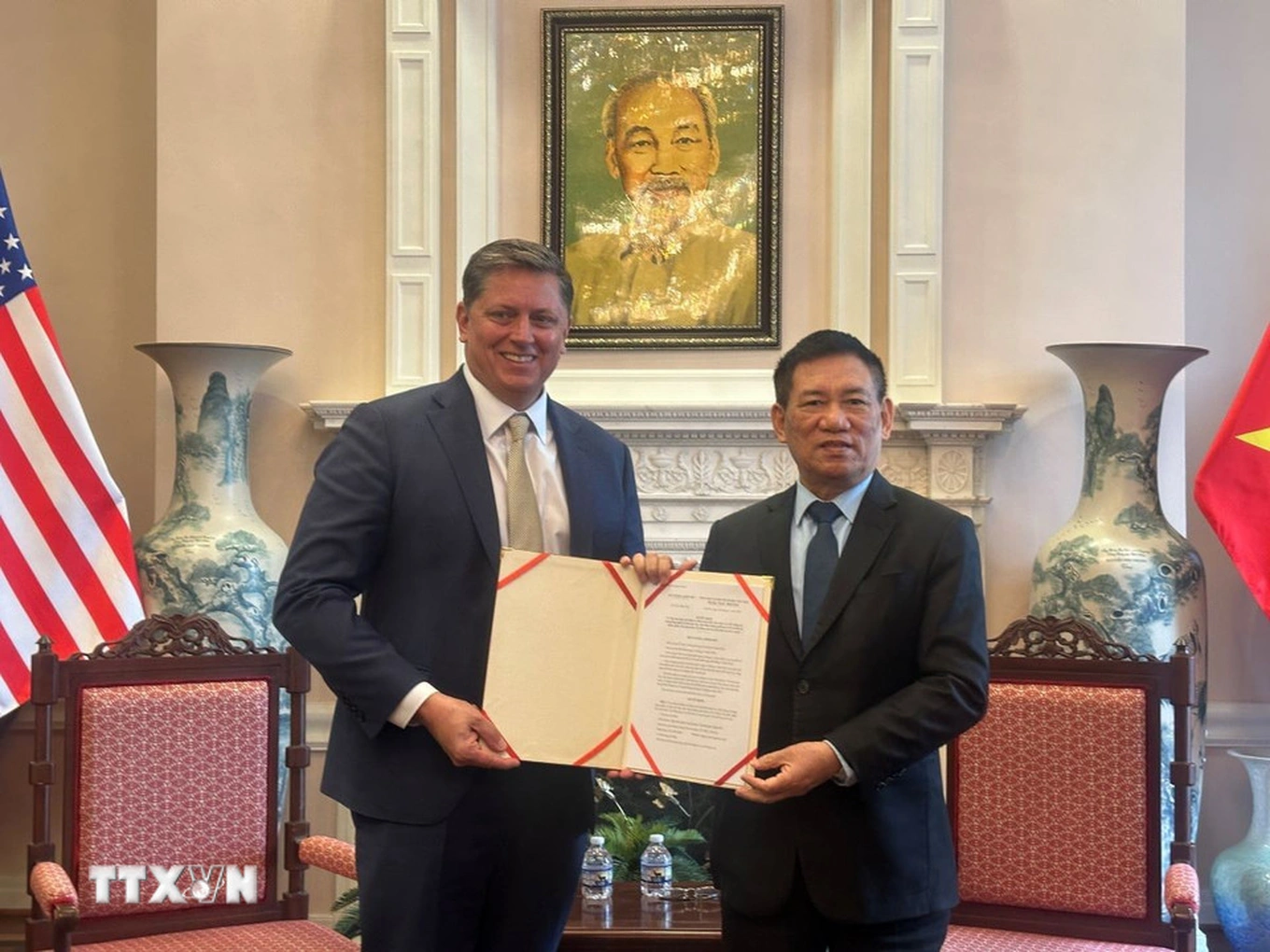
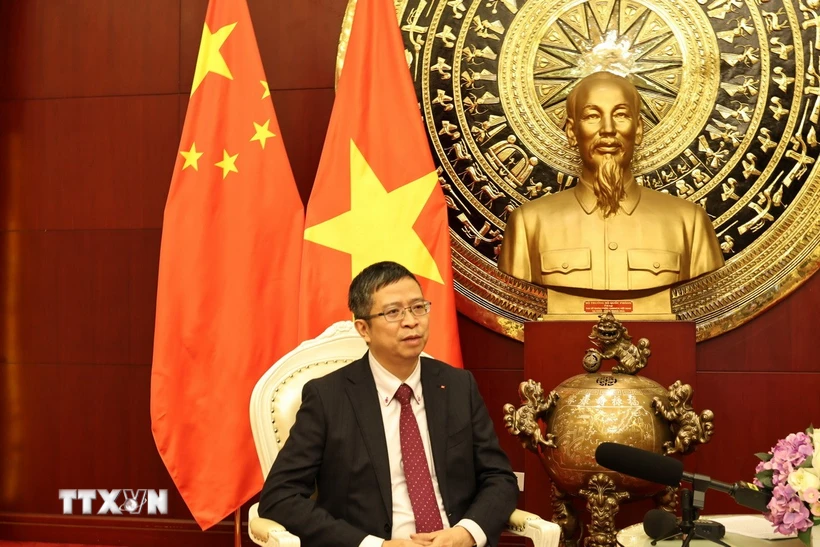
















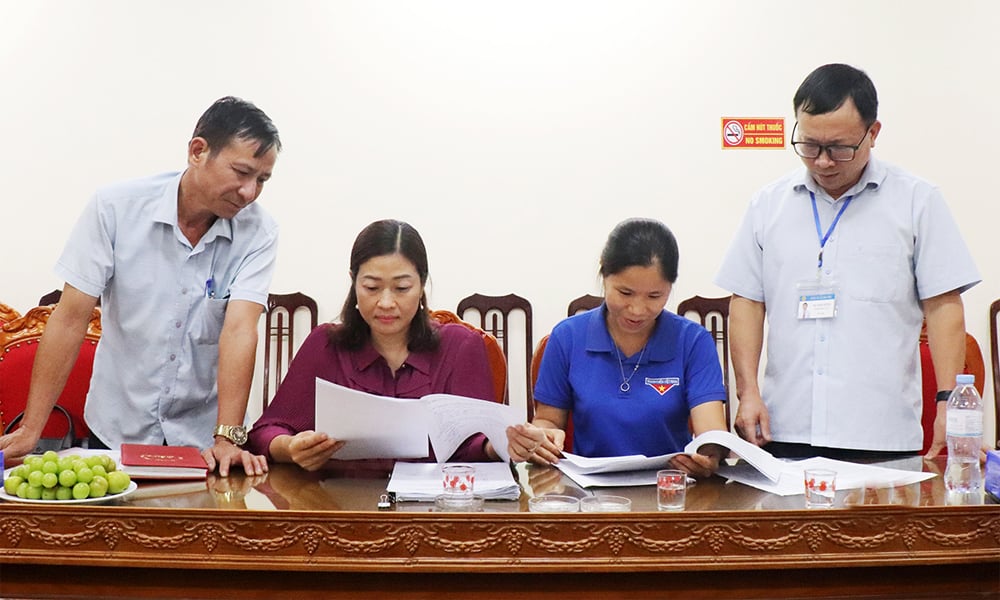

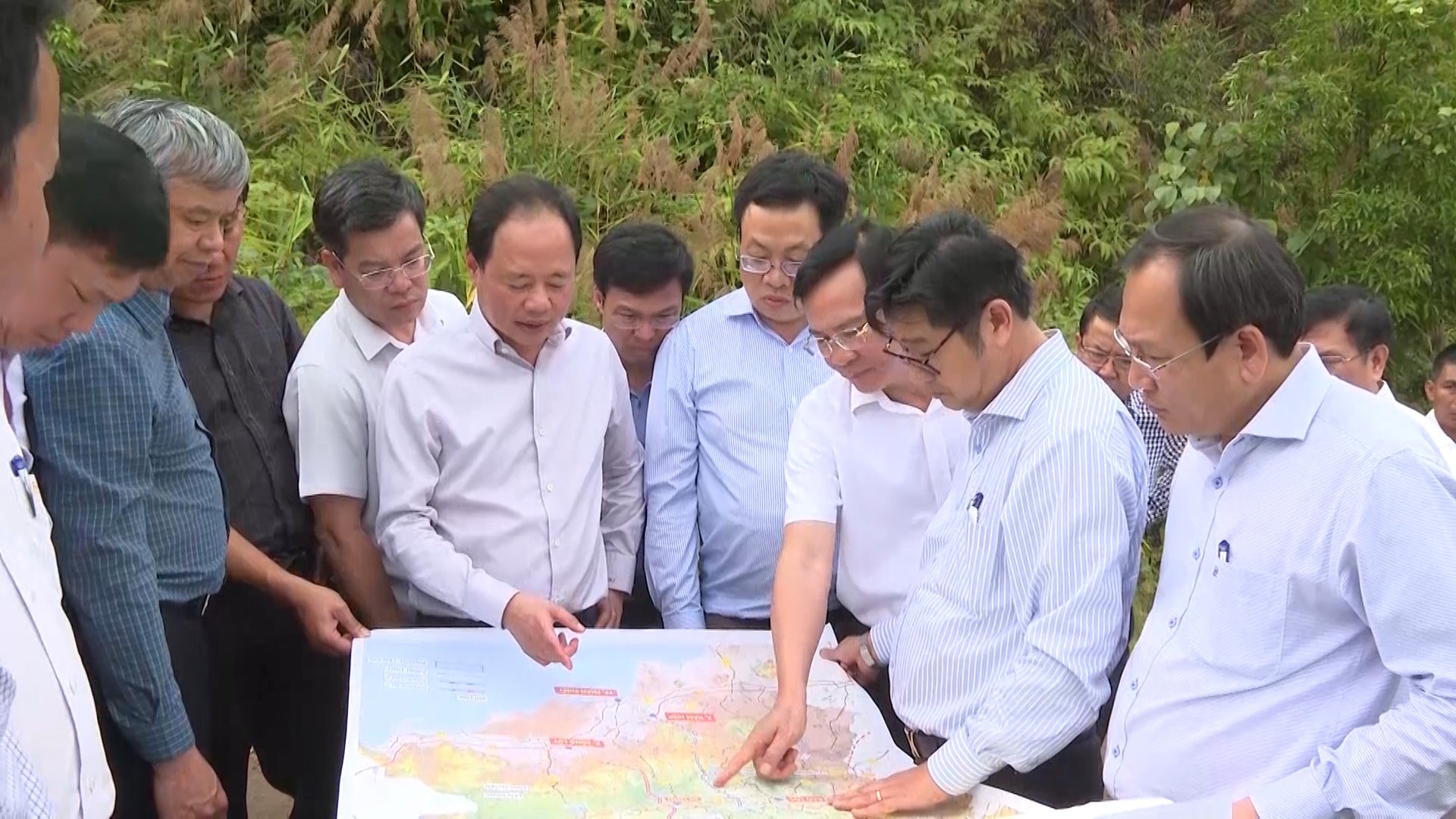












Comment (0)